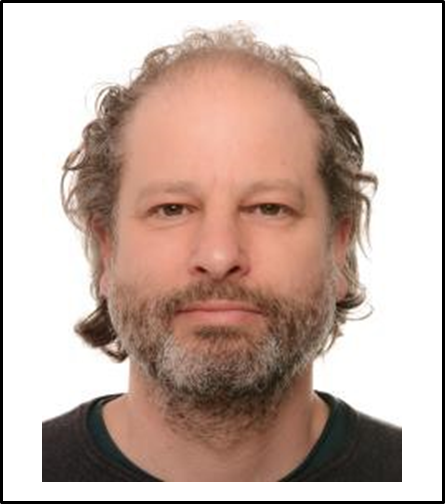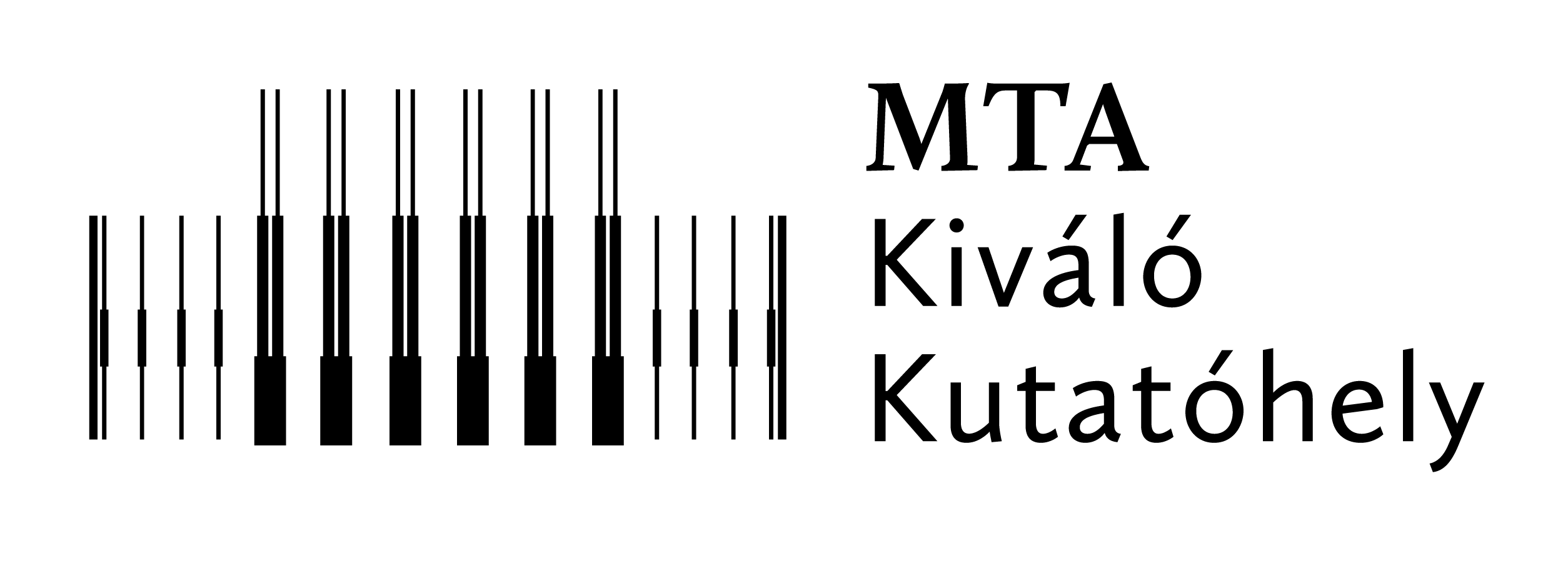A Wigner Kollokvium következő előadója Jens Wiebe, a Hamburg-i Egyetemről, ahol szilárd felületeken mesterséges atom-spin láncok témakörében habilitált. Előadására június 25-én, kedden 14 órakor kerül sor az 1-es épület Tanácstermében. Előadásának címe: Atom-atom technológia mágnes-szupravezető hibrid rendszerekben: a Majorana-kvázirészecskék megvalósítása felé.

Az előadás összefoglalója:
Magnetic chains on s-wave superconductors evoke so-called Shiba bands inside the gap of the substrate. If these bands experience sufficiently strong spin-orbit couplings and overlap with the Fermi energy, a topologically nontrivial minigap can open up which may protect zero energy Majorana bound states localized at the chains two ends. We study artificial spin chains, built atom-by-atom [1], with respect to such phenomena. By variation of substrate and adatom species and interatomic distances in the chain [2-5], we adjust the energies of the multi-orbital Yu-Shiba-Rusinov states induced by the adatoms [2,3], their hybridizations [4], as well as the chains’ spin structures [5].
This enables us to tailor the multi-orbital Shiba bands formed by hybridizing Yu-Shiba-Rusinov states such that topologically nontrivial minigaps open [6] and precursors of Majorana bound states appear [7]. Due to a narrow energetical width of the topological minigaps in the systems realized to date, the two components of the Majorana precursors from the two chain ends strongly hybridize, such that a desired protection by the topological minigap is not yet achieved. Here, I will review our work, present our most recent strategies in order to increase the width of the topological minigap [8-11], and show experimental methods we developed to decide on the topologically trivial or non-trivial nature of close-to-zero-energy end states [12]. I will also present very recent results in coupling spins
on superconducting surfaces to quantum dots [13].
I acknowledge funding by the German Research Foundation (DFG) via the Cluster of Excellence
’Advanced Imaging of Matter’ (EXC 2056-project ID 390715994).
Az előadás Zoomon is követhető:
Meeting ID: 826 5155 5597
Security Passcode: 37914
Invite Link: https://wigner-hu.zoom.us/j/82651555597?pwd=tw77sJemGDgyahLUyz9uqaVEHUDJh8.1
Röviden az előadóról:
Jens Wiebe a Hamburgi Egyetemen habilitált 2020-ban szilárd felületeken mesterséges atom-spin láncok témakörében. Az Acheni Egyetemen, majd Heidelbergben kezdte tanulmányait, matematikát és fizikát tanult.
Diplomamunkájában a szuperfolyékony He-4-ben a második hang jelenségét vizsgálta. Doktori fokozatát (1998–2003) Prof. Dr. R. Wiesendanger kutatócsoportjában szerezte a Hamburgi Egyetemen, rendezetlen kétdimenziós félvezető elektronrendszerek spinbontott pásztázó alagútspektroszkópiájáról. 2003 óta ennek a kutatócsoportnak állandó tagja.
References
1. D.-J. Choi, N. Lorente, J. Wiebe, K. von Bergmann, A. F. Otte, and A. J. Heinrich,
Rev. Mod. Phys. 91, 041001 (2019).
2. L. Schneider, M. Steinbrecher L. Rózsa, J. Bouaziz, K. Palotás, M. dos Santos Dias, S. Lounis,
J. Wiebe, and R. Wiesendanger, npj Quantum Materials 4, 42 (2019).
3. L. Schneider, S. Brinker, M. Steinbrecher, J. Hermenau, Th. Posske, M. dos Santos Dias,
S. Lounis, R. Wiesendanger, and J. Wiebe, Nature Commun. 11, 4707 (2020).
4. P. Beck, L. Schneider, L. Rózsa, K. Palotás, A. Lászlóffy, L. Szunyogh,
J. Wiebe, and R. Wiesendanger, Nature Commun. 12, 2040 (2021).
5. L. Schneider, P. Beck, J. Wiebe, and R. Wiesendanger, Science Advances 7, eabd7302 (2021).
6. L. Schneider, P. Beck, T. Posske, D. Crawford, E. Mascot, S. Rachel, R. Wiesendanger, and J. Wiebe,
Nature Physics 17, 943 (2021).
7. L. Schneider, P. Beck, J. Neuhaus-Steinmetz, T. Posske, J. Wiebe, and R. Wiesendanger,
Nature Nanotechnology 17, 384 (2022).
8. P. Beck, L. Schneider, L. Bachmann, J. Wiebe, and R. Wiesendanger,
Phys. Rev. Materials 6, 024801 (2022).
9. Ph. Beck, B. Nyári, L. Schneider, L. Rózsa, A. Lászlóffy, K. Palotás, L. Szunyogh, B. Ujfalussy,
J. Wiebe, and R. Wiesendanger, Communications Physics 6, 83 (2023).
10. P. Beck, L. Schneider, R. Wiesendanger, and J. Wiebe, arXiv:2205.10062 [cond-mat.supr-con] (2022).
11. P. Beck, L. Schneider, R. Wiesendanger, and J. Wiebe, Phys. Rev. B 107, 024426 (2023).
12. L. Schneider, Ph. Beck, L. Rozsa, Th. Posske, J. Wiebe, and R. Wiesendanger,
Nature Commun. 14, 2742 (2023).
13. L. Schneider, K. That Ton, I. Ioannidis, J. Neuhaus-Steinmetz, T. Posske, R. Wiesendanger, and J. Wiebe,
Nature 621, 60 (2023).



